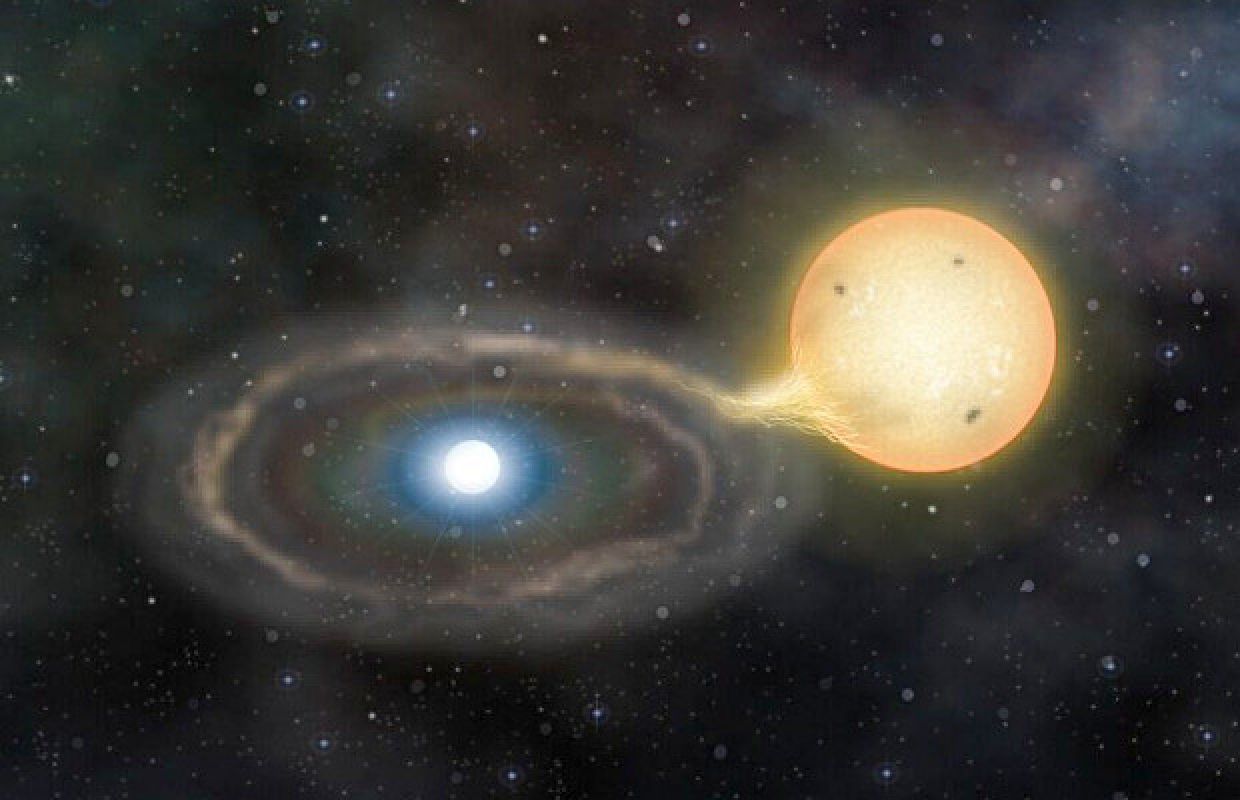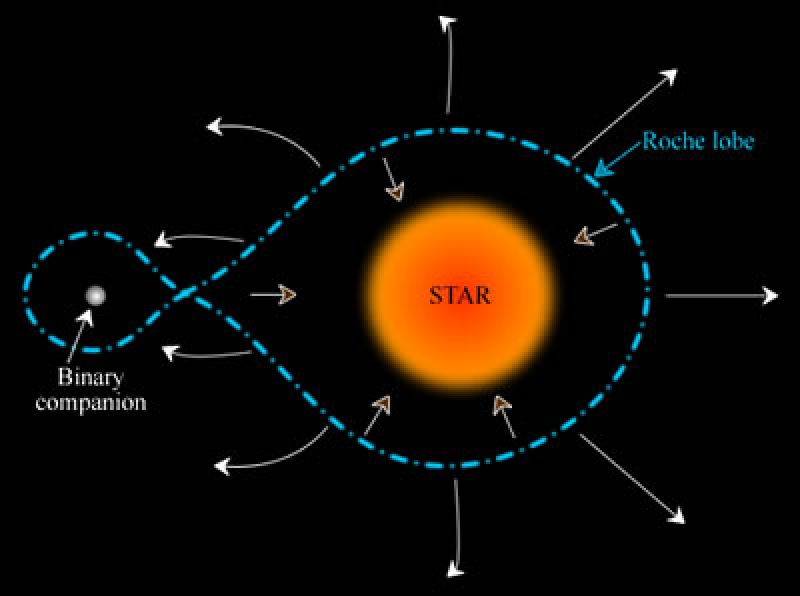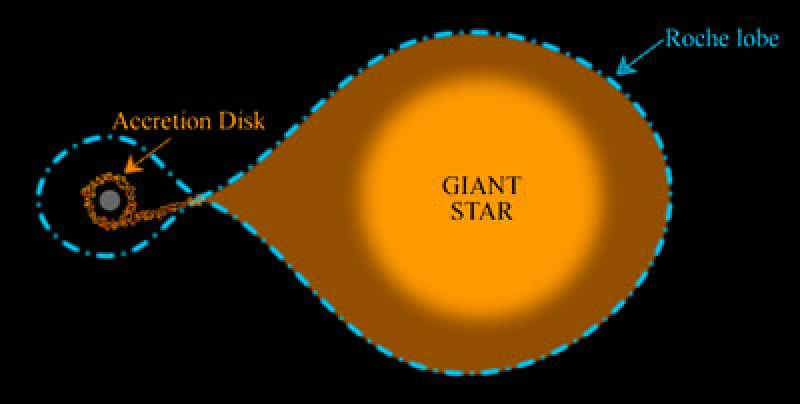Cannibal Stars Devour Their Neighbors: Here's How They Do It
Follow us on Google News (click on ☆)

Credits: Marisa Grove/Institute of Astronomy/University of Cambridge
At the heart of this study, the CHARA telescope played a key role, enabling researchers from Georgia State, under the guidance of postdoctoral research associate Robert Klement, to detect the faint light patterns emitted by the subdwarfs orbiting the Be stars. These observations have highlighted the mass transfer mechanism responsible for the creation of Be stars and subdwarfs, revealing an aspect of binary star evolution that was previously shrouded in mystery.
The binary stars in question share a fate bound by their proximity. As they age, the massive star in the system may expand to fill its Roche lobe (an equipotential surface) thereby initiating a transfer of matter to its companion. This process not only strips the donor star of its outer layers, reducing it to a subdwarf, but also accelerates the recipient star's rotation, giving it a high rotational speed. This dynamic leads to the formation of an accretion disk around the Be star, composed of the material stripped from its companion.


Diagram showing how a star swells, filling its Roche lobe and feeding material to a companion star.
Image: Swinburne University of Technology
Observations made using the CHARA Array not only confirmed the acceleration of the rotation of the Be stars following the mass transfer but also allowed the detection of nine faint companions, bearing witness to the extreme transformation undergone by the stripped stars. The mass measurements carried out reveal that the subdwarfs have lost almost all their substance, illustrating the extent of this cannibalistic phenomenon.
This research work, published in The Astrophysical Journal, is just the beginning. Robert Klement plans to extend this quest to the southern horizons from the Very Large Telescope (VLT) in Chile and to use the Hubble Space Telescope to further examine the ultraviolet light emitted by the hot subdwarfs. These efforts promise to enrich our understanding of stellar formation and evolution, offering a new perspective on the complex fate of stars in our Universe.